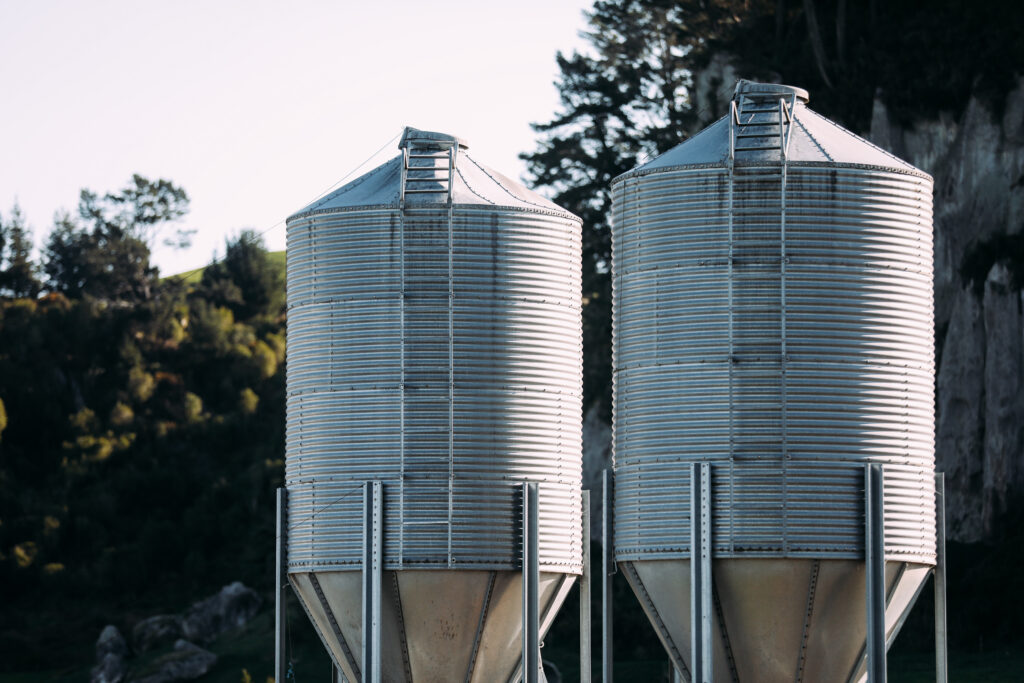Over the Xmas New Year period there have been some cases of significant challenge due to heat stress.
On some farms this has resulted in a severe production drops.
While ‘heat stress’ in the cow may not be that apparent to the untrained eye, or seem that bad, significant drops in production are typical indications.
Cows looking contented while there still appears to be feed left in the paddock and cows not grazing after late morning are all good tell-tale signs of heat stress.
Cows will look for the easiest and sweetest grass to harvest. If grass is rank and requires energy (tough to pull) they will typically avoid this and over-graze the quality grass first.
This exasperates the problem – the over grazed portion of the paddock tends to dry out faster leaving more ‘rubbish’ for the next round accelerating the feed deficit and quality with every grazing.
One thing that can be done to reduce this issue is to pre-mow ahead of the cows.
Mowing should be done as close to grazing as possible and no lower than 1600kgdm cover.
This enables cows to harvest feed quicker with less energy needed and fill up before it gets too hot. This makes available the stalkier portion of feed while it still has some value and prevents the cows from over grazing the quality feed. This all helps keep the paddock in a vegetative state meaning more quality feed at the next grazing. Also, if you are lucky enough to get some rain, then the whole paddock can respond making it easier to maintain production at a higher level. Having to first feed off the ‘crap’ before being able to get a growth response from the rain just increases the production loss and the time taken and ability to respond.
By pre-mowing and protecting grazing residuals you could possibly afford to start feeding grass silage supplements earlier. This may be best done in the cooler part of the day after the evening milking which may help lengthen the round and keep more quality feed ahead in a ‘vegetative state’ that will respond well to any of that allusive rain should it come your way.
Live yeast is well known to help with rumen function and digestion of fibre. This can be added to your meal but may take as long as 3 weeks before you get the full benefit.
Maintaining Feed Rates for concentrates and energy density can be very rewarding over these challenging periods. Having lots of feed on hand but not being able to convert them efficiently can cost you dearly. By- Pass fats at 1% to 2% of the diet and quality protein such as CDDG work particularly well to help maintain production levels.
Salt plays an important role in stabilising body temperatures. Typically feed salt at 30 to 40 grams per cow or make available in a loose mix for cows to ab-lib.
And most importantly, make available shade and copious amounts of clean water and have plenty of sprinklers in the shed accompanied with fans.
Ken Winter
Technical Support Manager



